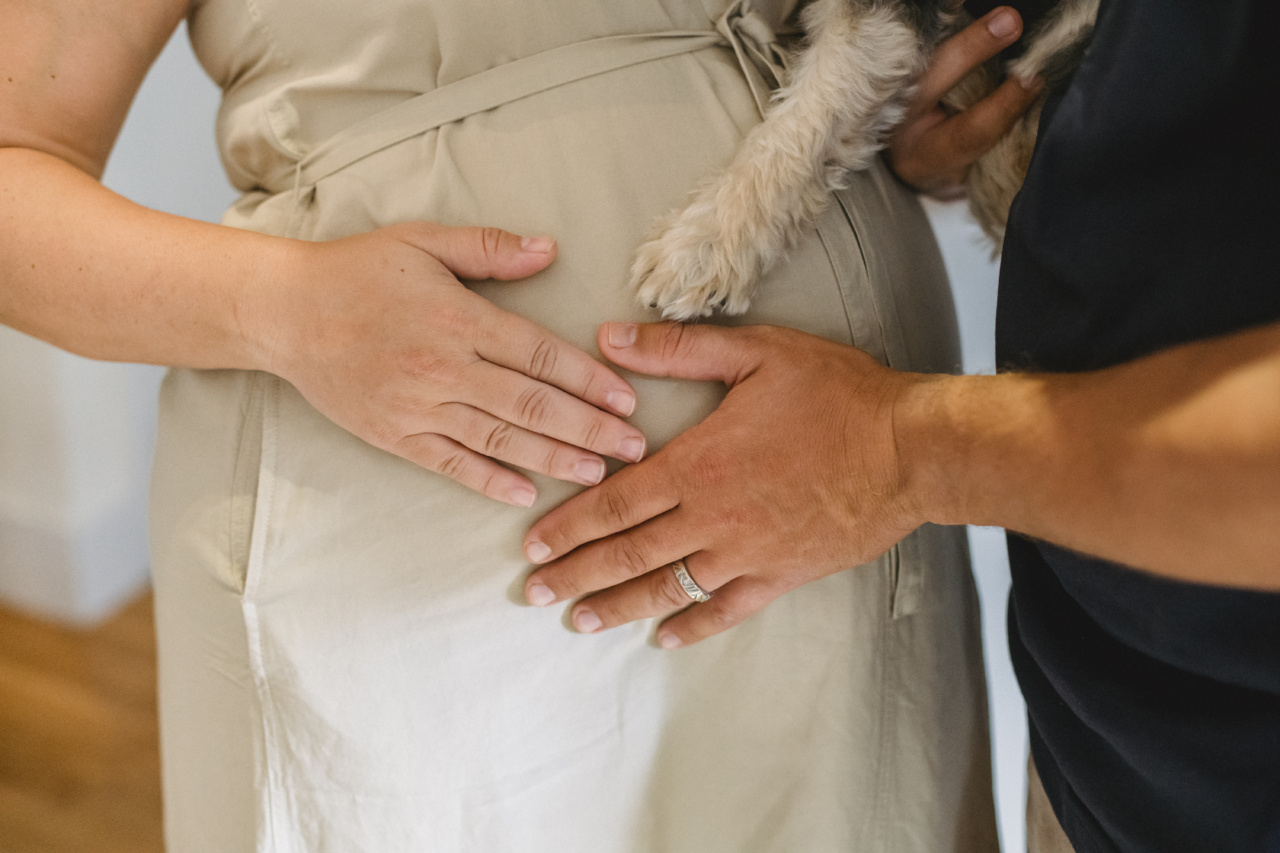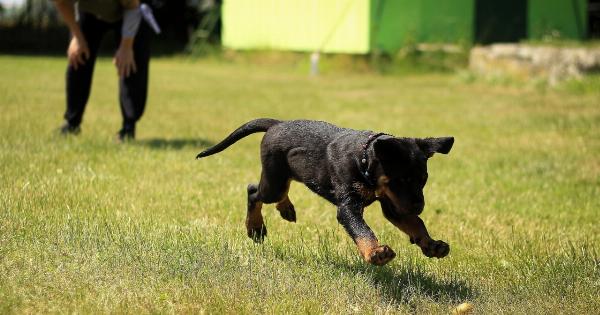Dogs are wonderful creatures that have developed a complex system of communication that extends beyond barking and tail wagging. One of the most fascinating ways they communicate is through body language.
Just like humans, dogs use body movements and postures to express their emotions and intentions. Decoding the intricacies of canine body language is crucial in understanding and effectively interacting with our furry friends.
In this article, we will explore the various signals dogs use to communicate and provide insights into some common misinterpretations.
The Tail Wag: More Than Just Happiness
When most people think of a wagging tail, they often associate it with a happy and friendly dog. While this is often true, it is essential to pay attention to the specific nuances of a tail wag.
A high and stiff wag may indicate aggression or alertness, while a low and relaxed wag generally signifies a calm and friendly dog. Additionally, the speed and direction of the wag can provide further insights into a dog’s emotional state. A fast wag with the entire rear end moving can indicate excitement, while a slow wag may indicate uncertainty or fear.
Ears: Windows to the Canine Soul
Just like humans, dogs use their ears to express a wide range of emotions. The position and movement of a dog’s ears can provide valuable information about their mood and intentions.
When a dog’s ears are in a neutral position, they are generally relaxed and calm. However, if their ears are pulled back against their head, it often indicates fear or submission. On the other hand, erect and forward-facing ears typically indicate alertness and interest.
Paying attention to a dog’s ear position can help determine their comfort level in various situations.
Posture: Standing Tall or Crouching Low
A dog’s posture is another crucial element of their body language. The way they hold themselves can reveal their confidence, assertiveness, fear, or submissiveness.
When a dog stands tall with an erect body and forward-leaning posture, it often suggests confidence and dominance. Conversely, a dog that crouches low with a lowered head and tucked tail is displaying submissiveness or fear. Understanding a dog’s posture can help interpret their emotional state and adjust our approach accordingly.
Eye Contact: The Gaze Game
Eye contact plays a significant role in canine communication. Direct eye contact can convey different meanings depending on the context. For instance, a relaxed dog may maintain soft eye contact, indicating friendliness and a willingness to engage.
On the other hand, prolonged and intense eye contact can be seen as confrontational and threatening. It is crucial to respect a dog’s boundaries and avoid prolonged staring, especially when dealing with unfamiliar dogs or those displaying signs of discomfort.
Growling: A Vocal Warning
Growling is one of the most well-known vocalizations in a dog’s communication repertoire. While it is often associated with aggression, it can also serve as a warning sign, indicating discomfort or a desire for space.
Growling should be taken seriously and never ignored or punished, as it is the dog’s way of expressing their unease. It is important to assess the situation and address any potential triggers to ensure the safety and well-being of both the dog and those around them.
The Power of the Yawn
Contrary to popular belief, yawning in dogs is not always a sign of tiredness. Dogs often use yawning as a calming signal to diffuse tense situations or indicate their lack of interest.
It can be a way for them to communicate that they are not a threat or trying to avoid any potential confrontations. Recognizing yawning as a form of communication can help create a more harmonious environment for dogs and humans alike.
Sniffing: Canine Communication 101
Sniffing is one of the primary ways dogs gather information about their surroundings and other animals. It is their equivalent of shaking hands or exchanging pleasantries.
When dogs sniff each other, they are not only collecting scent information but also engaging in a form of social interaction. Understanding that sniffing is a natural behavior and integral to canine communication prevents unnecessary interruptions and allows dogs to communicate freely.
Bodily Movements: The Play Bow and Beyond
A dog’s body movements can provide valuable insights into their intentions and emotional state. One of the most recognizable movements is the play bow—the dog lowers their front end while keeping their hind end up in the air.
Dogs use this gesture to initiate play and indicate their friendly intentions. Other body movements such as jumping, spinning, or pawing can also convey excitement or enthusiasm.
It is essential to pay attention to a dog’s overall body language, combining different cues to get a holistic understanding of their communication.
Tension Signals: Recognizing Stress and Discomfort
Just like humans, dogs experience stress and discomfort in certain situations. It is important to recognize the subtle tension signals dogs display to avoid placing them in stressful or overwhelming environments.
Some common tension signals include lip licking, panting when not hot, freezing in place, and excessive shedding. By being attentive to these signs, we can create a safer and more welcoming environment for our canine companions.
Misunderstandings and Misinterpretations
Despite our best efforts, misinterpretations of canine body language can still occur, leading to misunderstandings and potential conflicts.
It is crucial to remember that each dog is unique and may have individual variations in their communication styles. Additionally, some breeds may display certain body language cues more prominently than others.
Seeking guidance from experienced trainers or behaviorists can help refine our understanding and improve our ability to interpret and respond to canine body language accurately.
Conclusion
Decoding canine body language is a skill that not only enhances our relationship with dogs but also ensures their well-being and safety.
By paying close attention to tail wags, ear positions, postures, eye contact, vocalizations, yawning, sniffing, bodily movements, tension signals, and potential misinterpretations, we can develop a deeper understanding of our furry friends. Let us embrace the art of decoding canine body language and communicate effectively with our beloved dogs!.






























